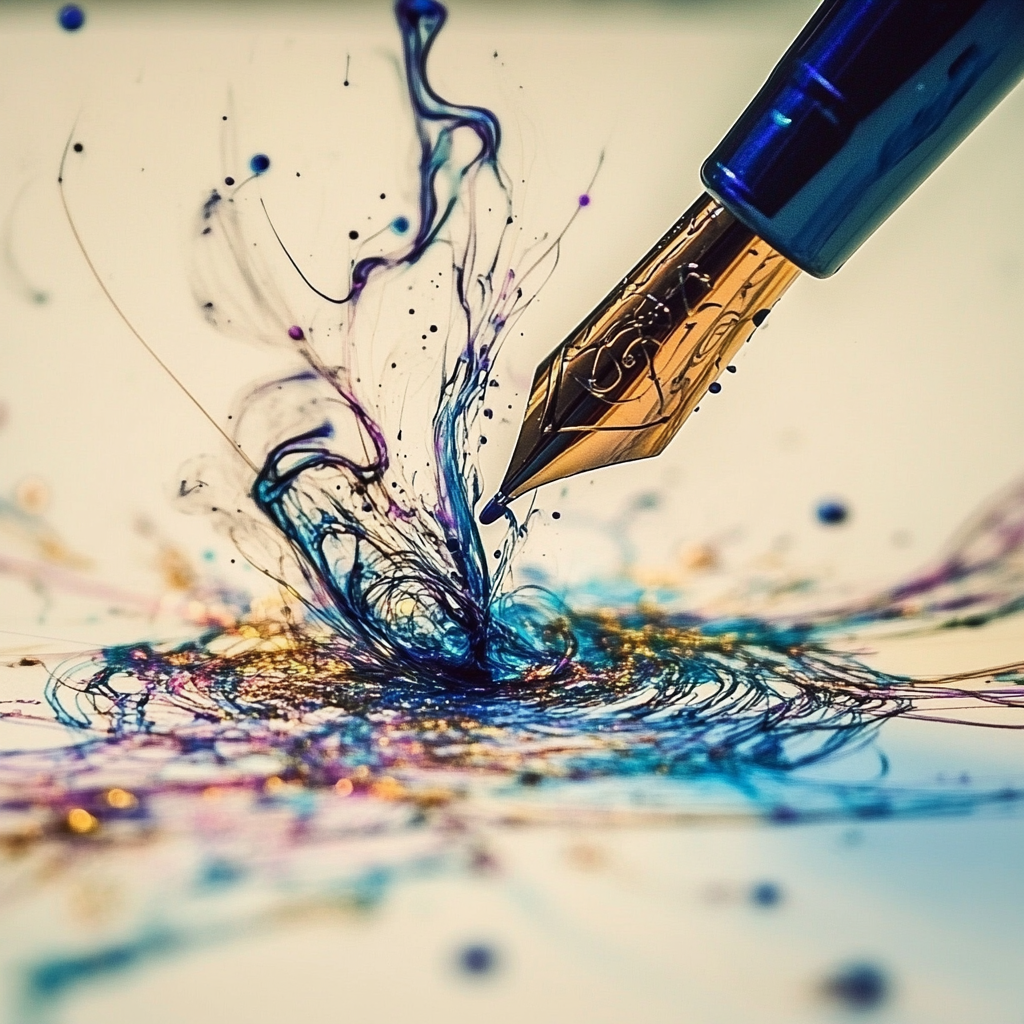The art of properly documenting inventions and ideas is crucial for inventors, innovators, and creative thinkers. A well-maintained record not only helps preserve your intellectual property but also serves as a foundation for future development and potential patent applications. This comprehensive guide explores the various aspects of documenting your creative insights effectively.
The Importance of Immediate Recording
Ideas are fleeting, and even the most memorable ones can fade or become distorted over time. When inspiration strikes, capturing it immediately is crucial. Keep multiple recording methods readily available, whether it’s a notebook in your pocket, a notes app on your phone, or a voice recorder. The key is to document the core concept while it’s fresh in your mind, even if the initial recording is rough or incomplete. These raw captures can be refined and expanded later.
Choosing the Right Documentation Method
While digital tools offer convenience and searchability, traditional paper notebooks remain valuable for invention documentation. Physical notebooks provide a clear timeline of idea development and are often preferred in legal situations, such as patent disputes. Consider using a hybrid approach – quick digital notes for initial capture, followed by detailed documentation in a bound notebook with numbered pages. Whatever method you choose, ensure it’s consistently used and properly backed up.
Structured Documentation Format
Each entry in your invention log should follow a consistent format. Start with the date and time of the idea’s conception. Include your signature and, if possible, get a witness to sign as well. Describe the problem your invention addresses, followed by your proposed solution. Include sketches, diagrams, or flowcharts as needed. Document any alternative approaches you’ve considered and why you chose your specific solution. This structured approach helps both in developing the idea and in potential future patent applications.
Technical Specifications and Details
Be as specific as possible when describing technical aspects of your invention. Include materials, dimensions, operating parameters, and any other relevant specifications. If your invention involves software, document the algorithms, data structures, and user interfaces. Remember to note any dependencies on other technologies or systems. This level of detail helps in prototype development and can be crucial for patent applications.
Visual Documentation Techniques
Drawings and sketches are essential components of invention documentation. Even rough sketches can help clarify concepts and reveal potential issues. Use multiple views and perspectives to fully capture your invention’s features. Include both overall views and detailed drawings of specific components. Label parts clearly and include dimensions where relevant. Consider using different colors to highlight various components or functions. If possible, supplement hand drawings with computer-aided design (CAD) renderings.
Testing and Iteration Records
Document all testing procedures and results, including failed attempts. These records can provide valuable insights for future development and help prove the invention’s evolution. Include test conditions, observed results, and any modifications made based on testing outcomes. Photographs or videos of testing procedures can be particularly valuable. Keep detailed notes about what worked, what didn’t, and why you made specific changes.
Market Research Integration
Include relevant market research alongside your technical documentation. Note potential applications, target users, and competing solutions. Document any feedback received from potential users or industry experts. This information helps guide development and can be valuable when seeking funding or commercialization opportunities. Keep track of similar products or patents you discover during research, along with how your invention differs.
Digital Organization Systems
If using digital tools, implement a clear organization system. Create folders for different aspects of each invention – technical documentation, market research, testing results, and legal documents. Use consistent file naming conventions and maintain regular backups. Consider using version control systems for software-related inventions. Cloud storage can provide both backup and accessibility, but ensure sensitive information is properly secured.
Legal Considerations in Documentation
Proper documentation can be crucial for establishing inventor rights and patent priority. Use permanent ink and avoid erasures in physical notebooks. If mistakes occur, cross them out with a single line so the original text remains legible. Date and initial all entries and corrections. Consider having critical pages notarized. Keep detailed records of any public disclosures, sales offers, or commercial use of your invention, as these can affect patent rights.
Collaborative Documentation Practices
When working with others, establish clear protocols for sharing and documenting ideas. Use collaboration tools that maintain clear records of contributions and modifications. Implement systems for tracking who contributed what and when. Consider using digital signatures or timestamp services for important documents. Keep records of all collaboration agreements and discussions about intellectual property rights.
Security and Confidentiality
Protect your documented ideas through appropriate security measures. For physical notebooks, keep copies in separate secure locations. For digital documentation, use strong encryption and secure storage solutions. Be careful about who has access to your documentation and maintain records of any non-disclosure agreements. Consider what level of detail to include in different versions of your documentation based on the intended audience.
The practice of documenting inventions and ideas is an ongoing process that requires dedication and consistency. By maintaining thorough, well-organized records, you not only preserve your intellectual property but also create a valuable resource for future development and innovation. Remember that the time invested in proper documentation often pays dividends in the long run, whether through successful patent applications, efficient development processes, or clear proof of invention ownership.
